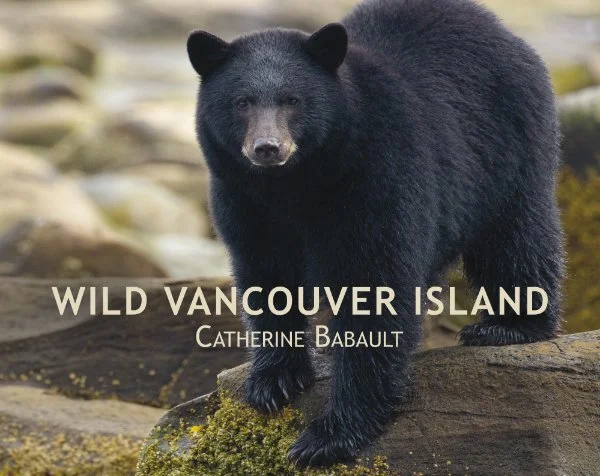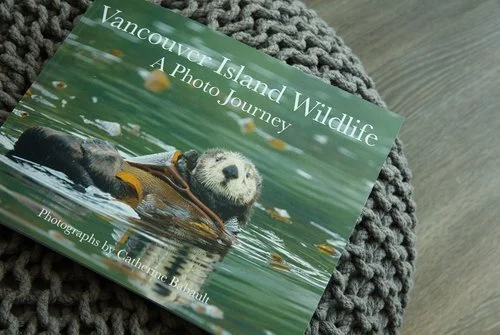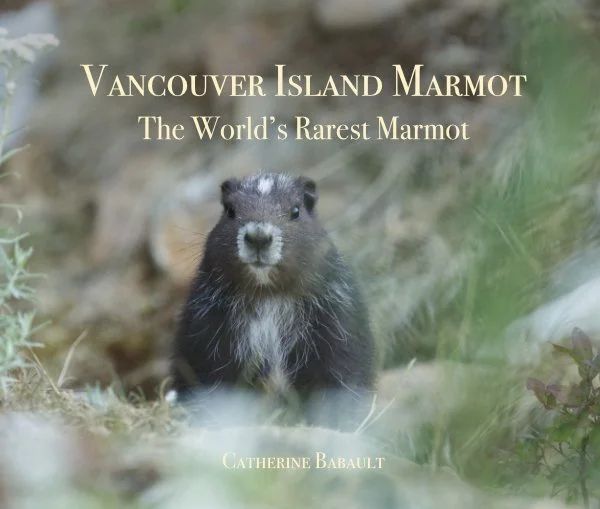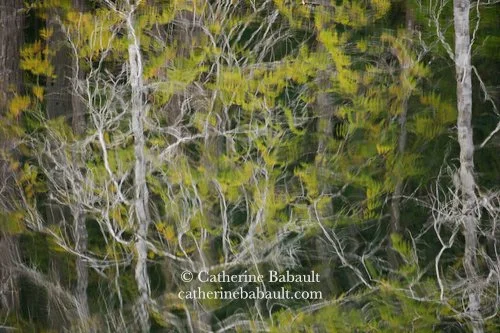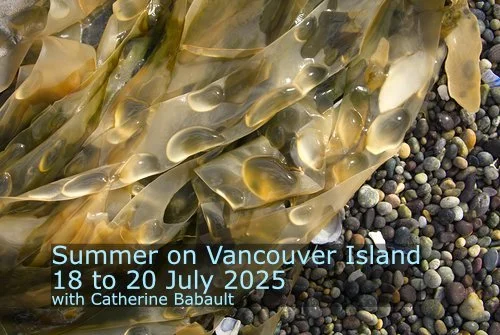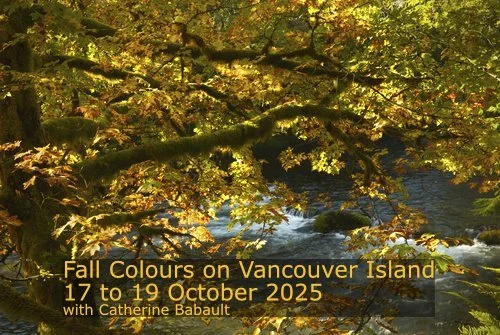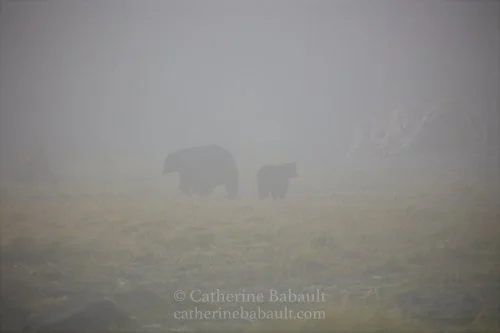I recently took the workshop Working Effectively with Indigenous Peoples® with Indigenous Corporate Training, which was given by an amazing facilitator, Flavio Caron, and I highly recommend it.
I have the privilege to live on the unceded traditional territory of the K'ómoks First Nation and work on the traditional territories of several Indigenous Peoples on what is now known as Vancouver Island. When I walk in a forest with giant cedar trees or when I observe a black bear getting salmon in a river to feed her cubs or when I show this unique place to visitors on my photo tours, I think about the Indigenous Peoples who have cared for these lands and waters for millenia. I am grateful for their stewardship and also for their willingness to share the history, stories and knowledge of their respective communities with non-Indigenous people like me.
When I settled in Canada in the early 1990s, I had very little knowledge and understanding of the First Nations, Metis and Inuit Peoples. Because I always had an interest in other cultures, I went to cultural events and visited local museums, but I still lacked a deep cross-cultural understanding. That changed when I moved to Vancouver Island where the Indigenous culture is present in architecture, governance, education, tourism, events, markets, traditional food, road names... I smile with joy everytime I see a stop sign in Kwak'wala.
Last week, I took another step in my journey to learn more about the Indigenous Peoples in Canada. I participated to the workshop Working Effectively with Indigenous Peoples®. It covers various topics such as history, governance, laws, cultures, languages, and communication. I recommend it to anyone (individuals, business owners and entities) who wants to work toward reconciliation and develop respectful relationships with Indigenous Peoples. To learn more about this workshop and others offered by Indigenous Corporate Training, please visit their website.
Additional sources of information:
Docuseries: ''1491: The Untold Story of the Americas Before Columbus'' Watch for free online on Knowledge Network.
Book: ''1491: New Revelations of the Americas Before Columbus” by Charles C. Mann (Knopf, 2005)
Book: ''Working Effectively with Indigenous Peoples'' by Bob Joseph & Cynthia F. Joseph
Check First Voices to learn about languages and work on your pronunciation.
First Peoples' map of British Columbia
Learn about Indigenous Mountain Names for Vancouver Island Peaks.
Sign up for the Indigenous Canada online course with the University of Alberta.
